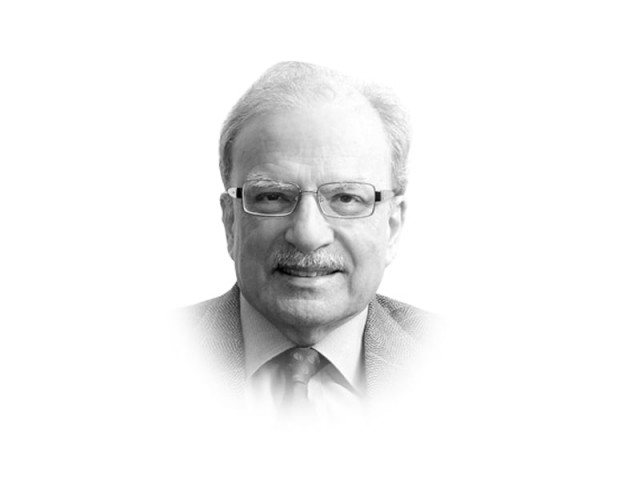Why not an Af-Pak Tribal Development Authority?
Islamabad and Kabul should establish a development authority for rapid social transformation of the tribal people

The writer is a former caretaker finance minister and served as vice-president at the World Bank
Before suggesting the modalities of the TADA, I will provide a brief overview of the scale of the problem that will need to be dealt with and with some urgency. While no firm numbers are available, it is generally accepted that there are about 50 million Pakhtun people in the world. Of these, 30 million live in Pakistan, about 15 million reside in Afghanistan and five million are scattered in the various diasporas these people have formed around the world. Some of these communities are quite old as the one in Germany. Some are the consequence of the displacement caused by the state of perpetual war in the two tribal areas. The Pakhtun have also taken advantage of the employment opportunities created by a succession of oil booms in the Middle East. There are an estimated 350,000 Pakhtuns in the UAE. The US has the second-largest Pakhtun community with its size believed to be close to 150,000. Most of those living in the US are well-trained professionals. Some of these have returned to Afghanistan. The current Afghan president was once a member of this community. This diaspora could be an important source for the recruitment of professionals that would be needed by the TADA.
The TADA would be a public sector enterprise to be jointly managed by the two governments. Each side would contribute policymakers, managers and professionals to the organisation. It would be headed by a person beginning, say, with one from Afghanistan, who will have a term of five years. His successor will be from Pakistan. The president will be guided by a 12-member board with membership equally divided between the two countries. Once established, its first task should be to take stock of the situation, developing a better appreciation of the demographic, economic and social conditions that prevail. This task will entail conducting population, economic and social censuses and surveys.
Once this is done, the TADA should formulate an ambitious economic and social development plan for a period of at least 10 years. This plan should be costed out with clear indication of the amounts of resources that would be available from the two governments as well as the amount that will flow in from the outside. There will be three sources of foreign flows. A good deal of support will come from a number of bilateral sources. There will also be support from the governments which were involved in fighting the stubborn insurgency in Afghanistan. Multilateral development agencies such as the World Bank, the Asian Development Bank and the Islamic Development Bank will undoubtedly be willing partners in this enterprise. In fact, given the expertise available in the World Bank, the TADA should seek its support in developing the proposed plan of action.
Conducting censuses and surveys and developing a medium-term development plan will take time. But the conditions in these areas are such that some immediate remedial actions will be required. The experience available at the World Bank in dealing with post-conflict situations indicates that certain areas need immediate attention once there are indications that the long-enduring conflict is reaching its end. The first is demobilising those who were engaged in the conflict. Given the history of the area, it may not be possible — or even advisable — to ask those who have fought the state to surrender their arms. The gun is in the Afghan culture and it may not be right to separate it from those who carry it. The issue is against whom the weapon gets to be used. The best approach is to reintegrate the insurgents in the society they have left to fight the state. This will require restoring the institutions of local governance that have worked for centuries and kept relative peace.
While some reversion to the old and timed-tried institutional mechanisms is being undertaken, the local leaders should be allowed participation in the national and provincial systems. As political scientists have begun to emphasise, peace and sustained development is possible only when a society’s institutional structure is inclusive and not exclusive. Making institutions inclusive needs participation of people at all levels of society in political and social processes. With the immediate needs taken care of, the TADA will need to begin work on the long-term needs of the tribal areas. How that should get done will be the subject for the coming week.
Published in The Express Tribune, March 9th, 2015.
Like Opinion & Editorial on Facebook, follow @ETOpEd on Twitter to receive all updates on all our daily pieces.













COMMENTS
Comments are moderated and generally will be posted if they are on-topic and not abusive.
For more information, please see our Comments FAQ